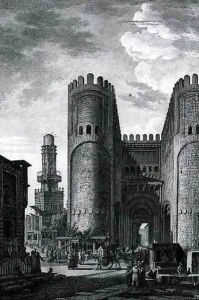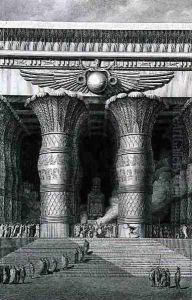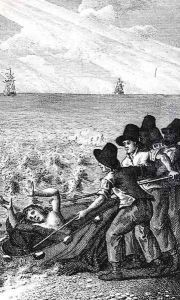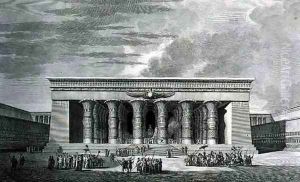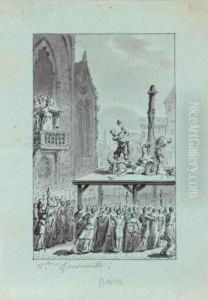Pierre Nicolas Ransonette Paintings
Pierre Nicolas Ransonette, a French engraver and artist, was born in 1745. His artistic journey is less documented than those of his more famous contemporaries, but he is known for his contributions to the French art scene during the late 18th century.
Ransonette's work primarily consisted of engravings, which were a popular medium for reproducing artworks and disseminating them to a broader audience at the time. Engravers like Ransonette were skilled craftsmen who could replicate the works of painters, thus playing a crucial role in the art world by allowing for the widespread distribution of images. This was particularly important before the advent of photography and other modern means of reproduction.
Although not widely known today, Ransonette was part of the artistic community in Paris and would have been engaged with the intellectual and artistic currents of his time. This period in France was marked by the Enlightenment, a movement that emphasized reason, science, and new ideas about art and society. The art of the time often reflected these values, focusing on classical subjects, balanced compositions, and a clear, rational approach to depiction.
Ransonette's life spanned a period of tremendous change in France, including the French Revolution and the rise and fall of Napoleon Bonaparte. These events would have had a significant impact on all artists of the time, affecting patronage, themes in art, and the very structure of society. It is likely that these historical upheavals influenced Ransonette's work and career, though specific details on his personal experiences during these tumultuous times are sparse.
Pierre Nicolas Ransonette passed away in 1810. While his name might not be as recognizable as some of his contemporaries, his work as an engraver was an integral part of the art ecosystem of the period. Engravers like him contributed to the diffusion of artistic styles and ideas, which helped shape the tastes and visual culture of their era.
